Remembering Cicada Stout
It was a warm spring night on May 15, 2013. The high temp that day had reached 85•, ten degrees higher than the historical average for that day. And that must have been good enough to get the ground temperature up to 64•, the temperature at which an underground army of cicada nymphs would emerge. And emerge they did!
As predictable as the arrival of cicadas is, so is the return of articles pointing out that they can be safely eaten. And as it happened, at the time I was in an active phase of home brewing. I had brewed three beers since the previous fall, a honey ale, a winter warmer, and a commemorative IPA for the inauguration. So naturally, inspiration struck! Sure, you can eat a cicada. But how would they in a beer? And thus emerged the inspiration for Cicada stout.
I documented all the steps along the way of brewing. A few I shared on YouTube at the time, but many other videos documenting this brew have never before been by the public, UNTIL NOW!
What type of beer should I brew with cicadas? I chose a stout intentionally. With no idea really what kind of flavor a cicada might impart (and honestly little interest in finding out), a nice heavy Irish stout is an excellent choice that can mask any off flavors from the brewing process (or from weird ingredients).
So, where to start? Well, you’ve gotta catch some cicadas of course. The good news is, that’s not hard to do. cicadas are very slow movers, and clumsy fliers. But chasing bugs is no work for adults, I was a brewer dammit! So I recruited a few great kids from the neighborhood, and paid them to round up a bunch of cicadas for me. Which, as you can see, they did.
And here’s what 50 cicadas in a bowl looks like. Ten more got added, so 60 cicadas came inside to meet their fate.
The next step, clearly, is to kill and clean them. How to do this? Boil them! So that’s what I did.
So now you’ve got a bunch of wet, steaming, dead cicadas. BUT, they are also sanitized! What next? Let them dry out, you can’t work with a mushy cicada.
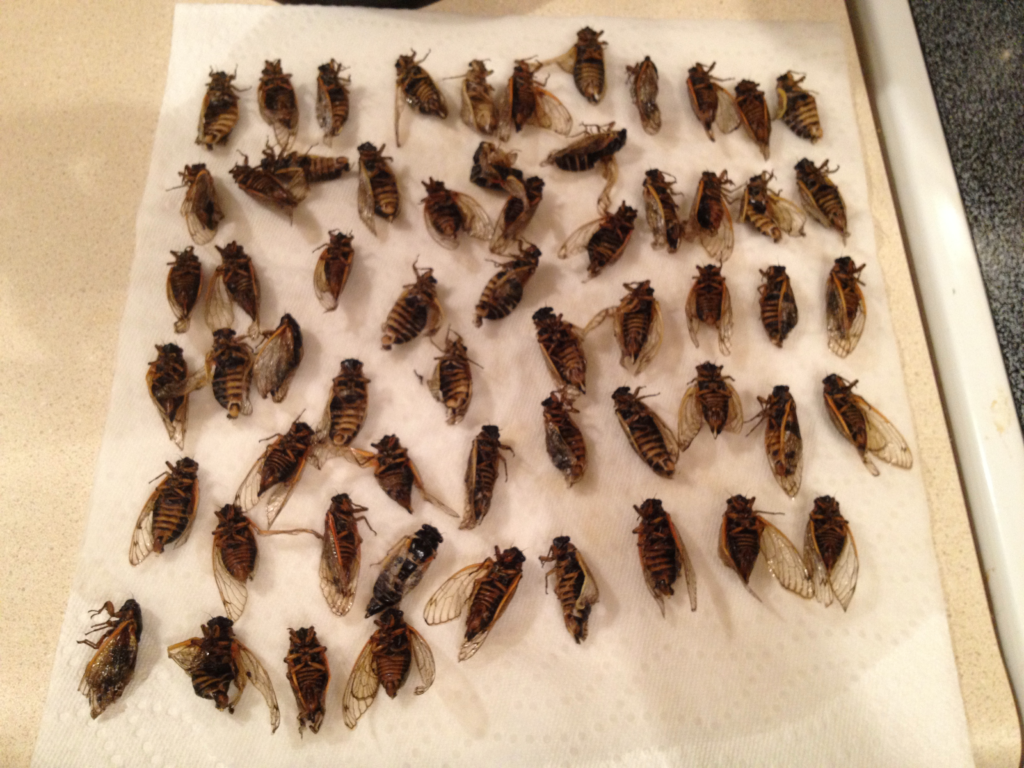
Then pluck off their heads, wings and legs!
The cicadas were the only unique ingredient in an otherwise pretty standard home brew recipe kit.
And Voila! Roasted cicadas!
Now, there didn’t seem to be much purpose in using cicadas as an ingredient, if you don’t bother to taste that ingredient by itself. Right? So yeah, I ate a cicada. And I had seconds!
So when do they get added to the wort? I decided to treat them like a finishing hop, and add them to the end of the boil.
After that, the remaining steps were all pretty typical for brewing. Chill your wort, pitch your yeast, and wait patiently for the wonderful magic of FERMENTATION! Just 24 hours later…
You can’t judge a beer by its label. But you can judge the label itself, for how good a job it does conveying to you the taste adventure that the beer inside is offering. My buddy TJ, a stellar artist who collaborated with me over many years in making beers, drinking beers, and labeling beers, really hit it out of the park with the label he created for Cicado Stout “Brewed Two” (see what we did there?!)
Final steps, drink, share, repeat, until you run out of Cicada Stout. A fine fine beer I’m very proud of.
Why write about this now, eight years later? Well, here we are in 2021 and there’s another brood about to emerge. This year, it will be Brood X. I wonder what they’ll taste like? And I hope someone will try them in some beer (and share one with me!)

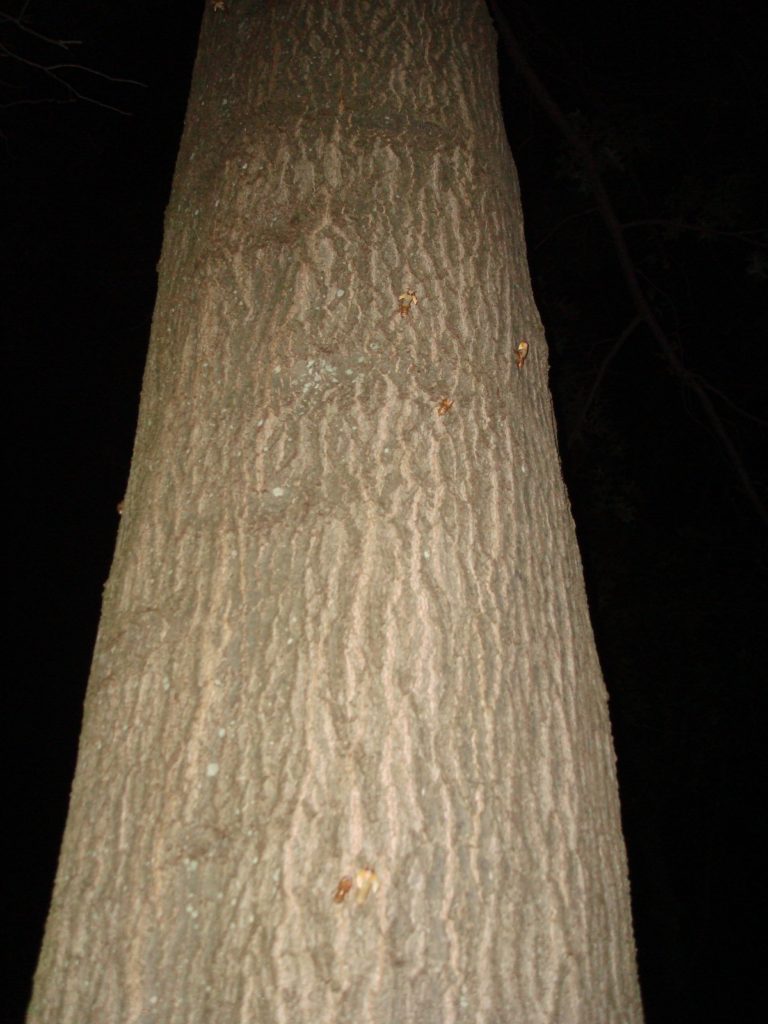
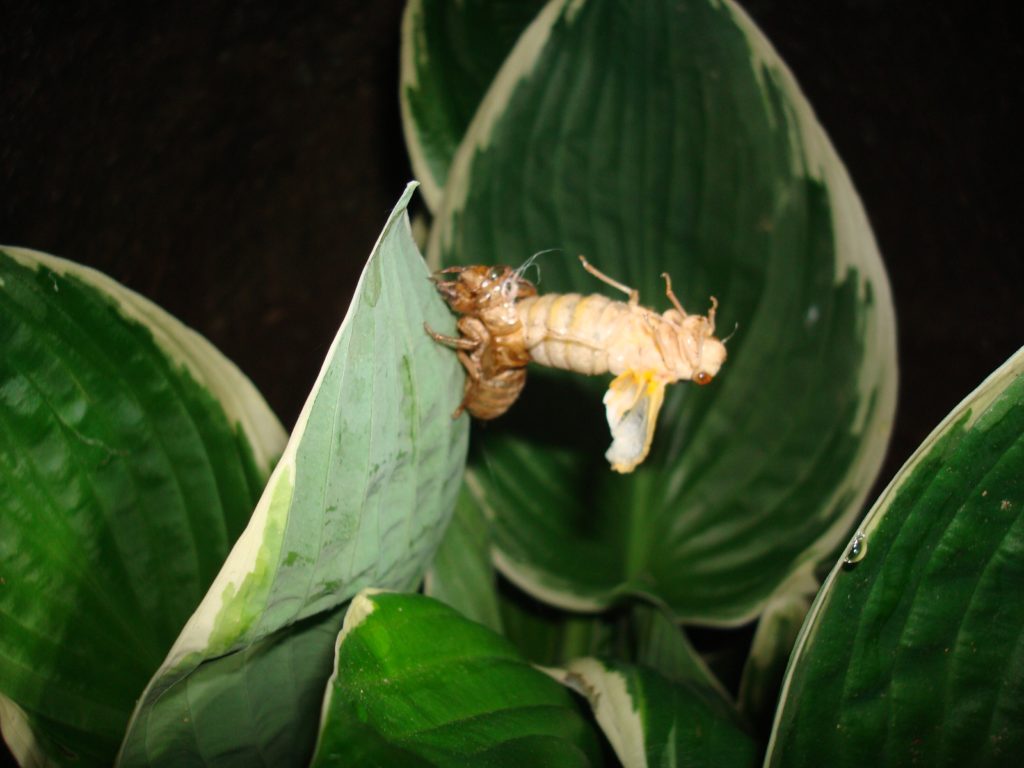
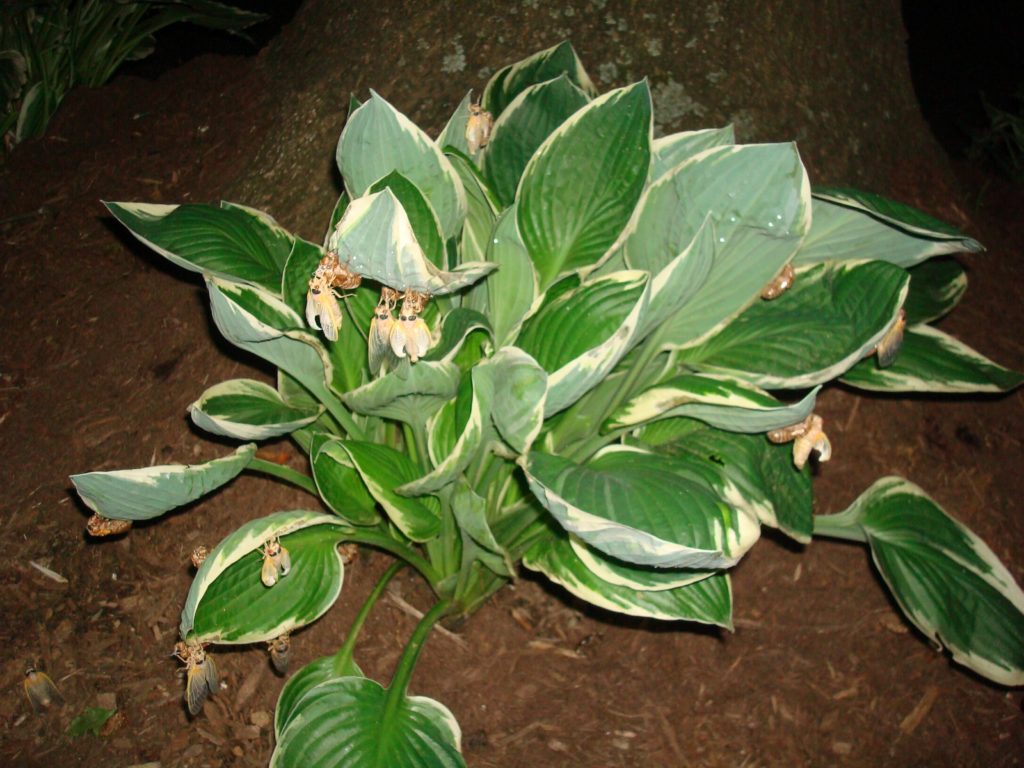
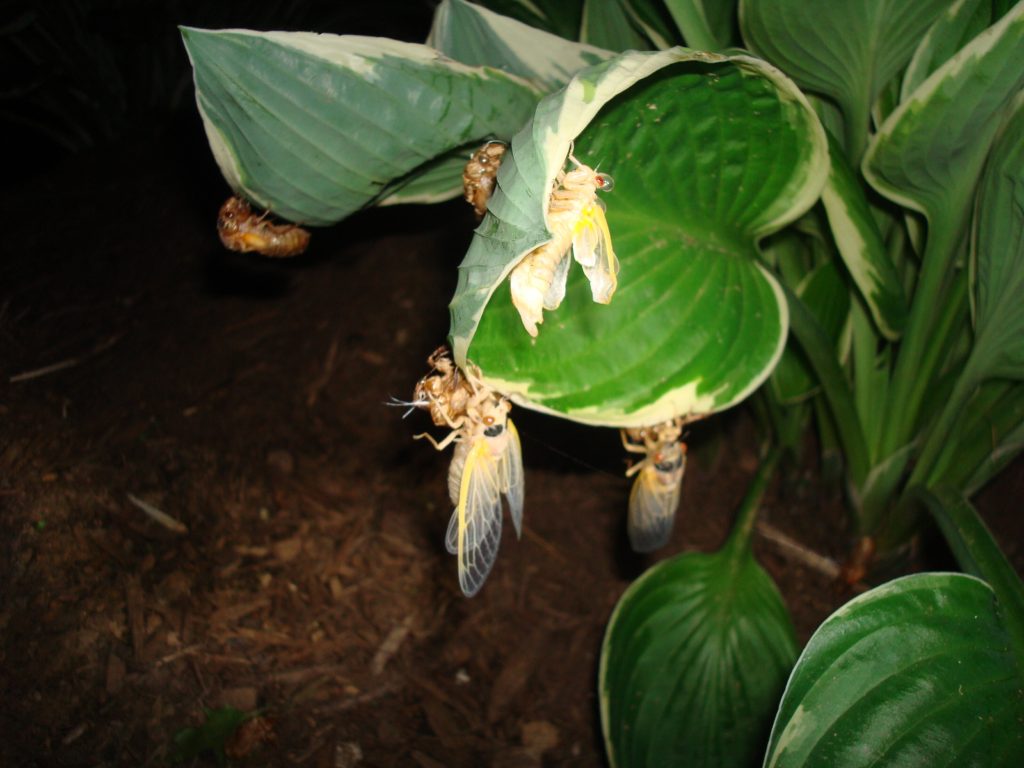

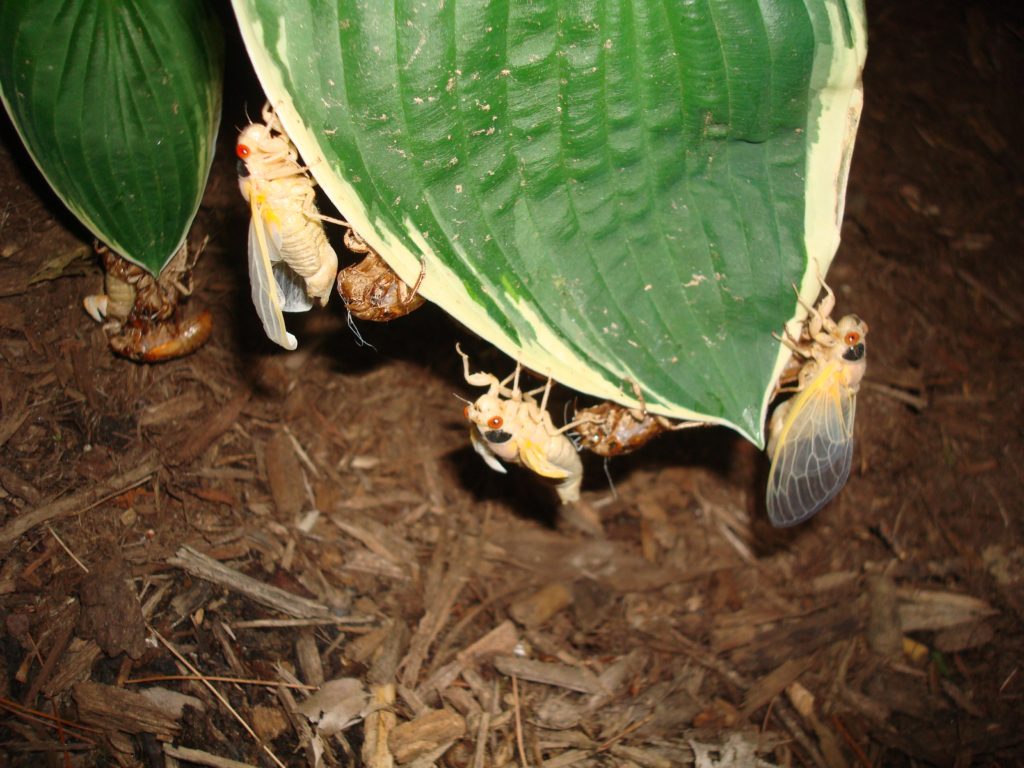
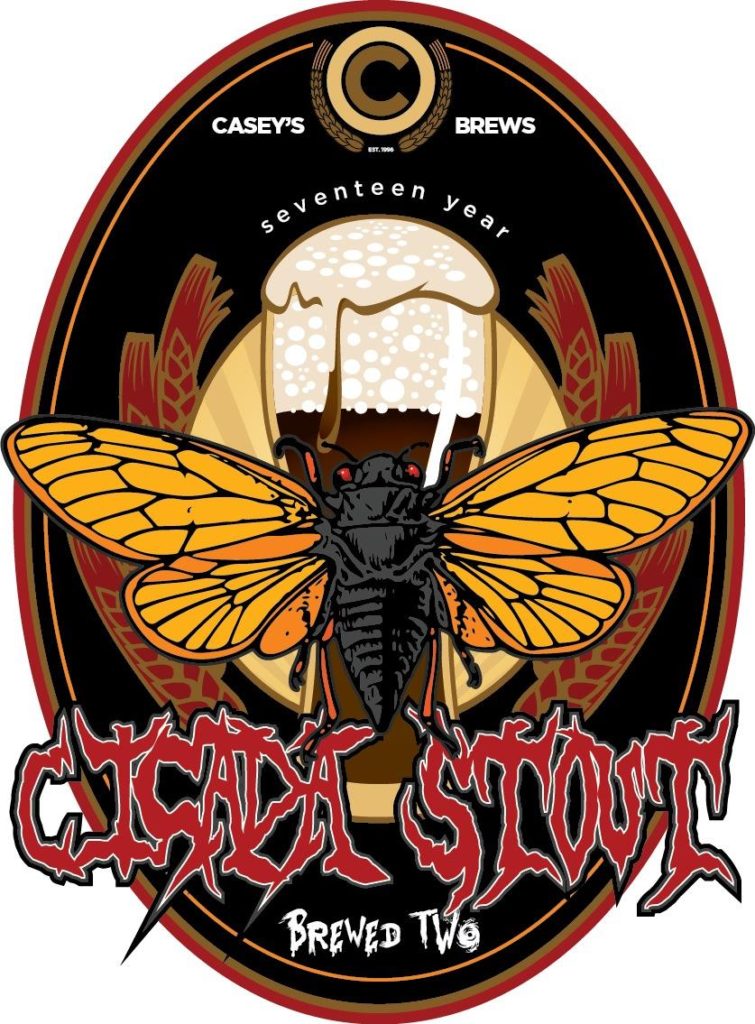

I brewed one also, 17 years ago: https://www.homebrewersassociation.org/how-to-brew/all-abuzz-cicada-beer-homebrewing-with-cicadas/. Still have some bottles left to try when they come out this year. I plan to brew another one.
Very cool! That must have been something, smoking live cicadas over a fire! I’m sure that caused a buzz! And even cooler that you still have some left! Hope it has aged well!